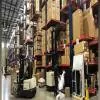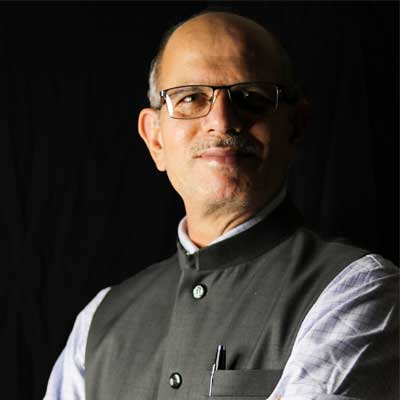
Naveen K. Sharma, Director, Udaipur Cement: Achieving TSR of 15% by 2030
Read full article
CW Gold Benefits
- Weekly Industry Updates
- Industry Feature Stories
- Premium Newsletter Access
- Building Material Prices (weekly) + trends/analysis
- Best Stories from our sister publications - Indian Cement Review, Equipment India, Infrastructure Today
- Sector focused Research Reports
- Sector Wise Updates (infrastructure, cement, equipment & construction) + trend analysis
- Exclusive text & video interviews
- Digital Delivery
- Financial Data for publically listed companies + Analysis
- Preconceptual Projects in the pipeline PAN India
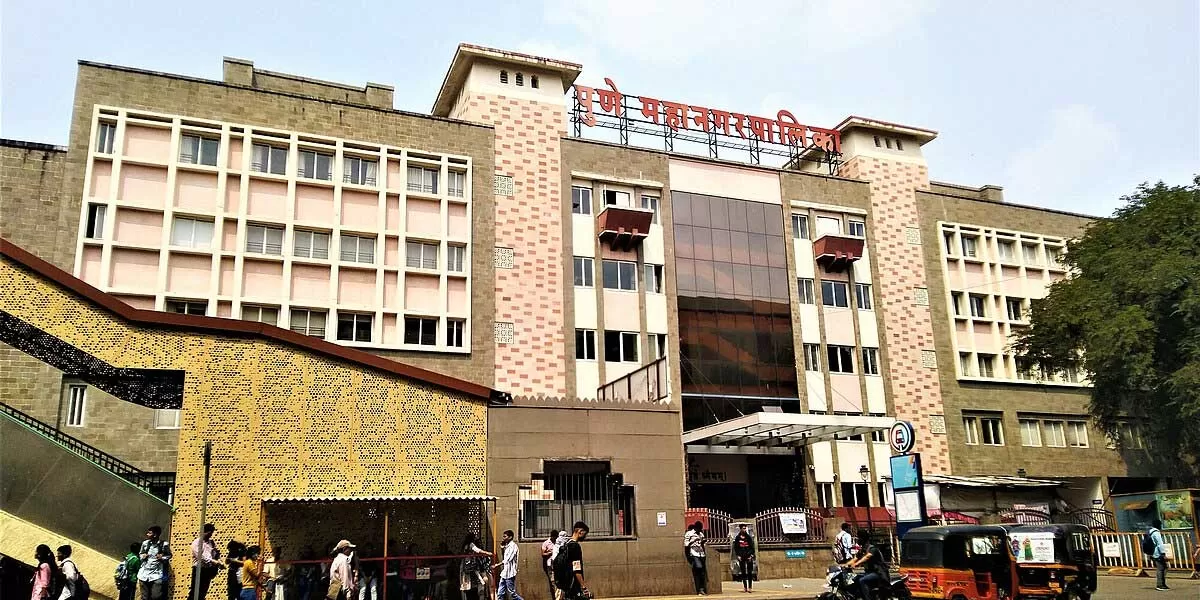
PMC Seeks 15 Land Parcels for Key Projects
The Pune Municipal Corporation (PMC) has formally requested 15 government land parcels from the state to fast-track several infrastructure projects currently delayed due to land unavailability. These include plans for 24x7 water supply, road widening in Mundhwa, and the development of a playground in Shivajinagar. "Many projects are stuck because of non-availability of land," said a senior PMC official. Pending projects include the construction of water tanks in Bavdhan and Mhalunge, road development in Kothrud and Ambegaon, road widening in Bhamburde and two locations in Mundhwa, a sports g..
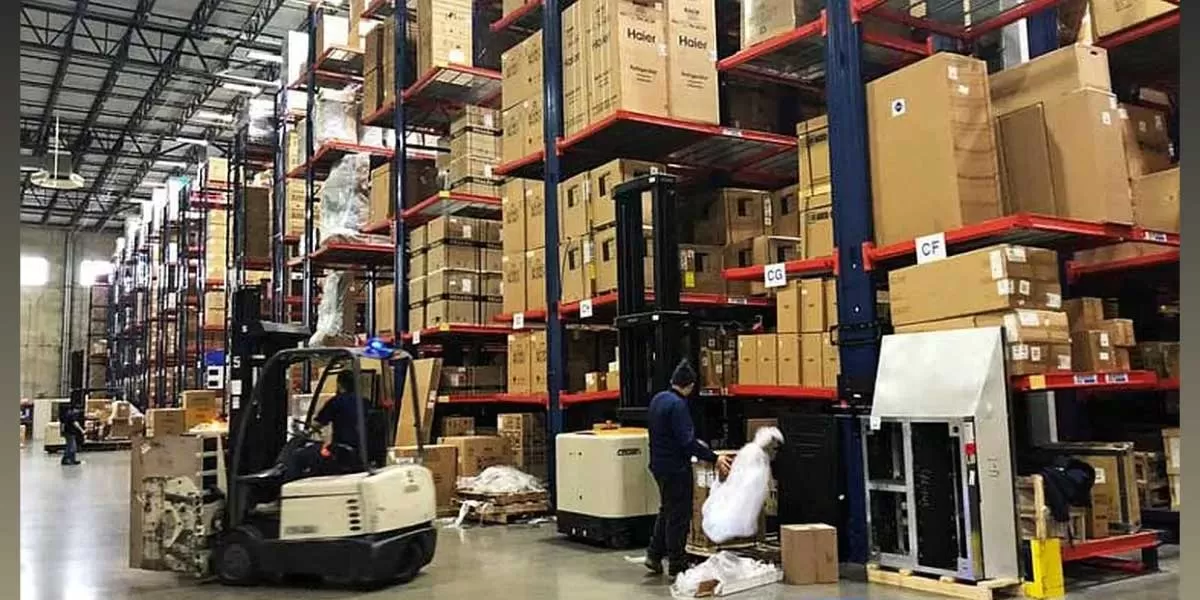
NDR InvIT Acquires Rs 706.1 Cr Industrial Portfolio
NDR InvIT Trust announced that it has acquired a Grade-A industrial and warehousing portfolio worth approximately USD 85 million. The acquisition adds 2.01 million square feet (MSF) of operational, high-quality assets to NDR InvIT’s expanding portfolio, spanning Surat, Hyderabad, Bengaluru, and Pune. The portfolio is fully operational with 100% occupancy, featuring marquee tenants and a weighted average lease expiry (WALE) of 15.4 years. The transaction is expected to deliver strong returns. “The acquisition marks a significant step in strengthening our portfolio with high-quality, diver..
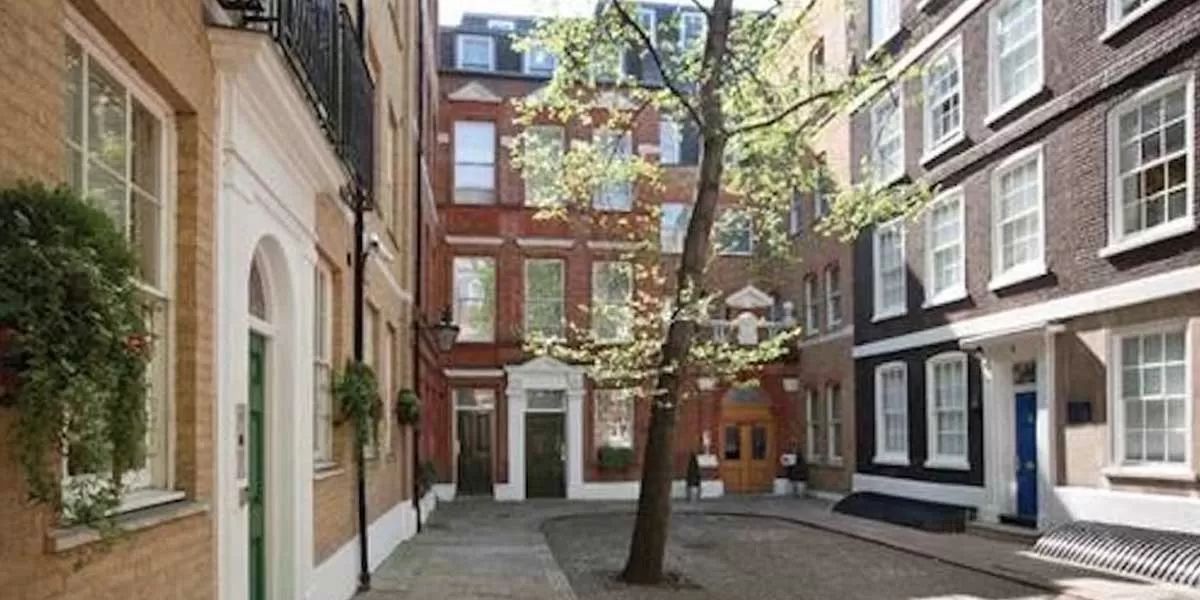
Norway’s Wealth Fund Buys 25% Stake in London Property
Norway’s sovereign wealth fund has announced the acquisition of a 25% stake in a mixed-use property portfolio located in London's prestigious Mayfair district for 305.7 million pounds. The portfolio spans 2.3 million square feet, primarily consisting of office and retail assets around Grosvenor Street and Mount Street. Grosvenor, a leading real estate group, sold the stake but retains a 75% interest in the portfolio. The group will continue to manage the properties, ensuring ongoing control over the assets. The transaction values the entire property portfolio at 1.223 billion pounds. "Gro..




